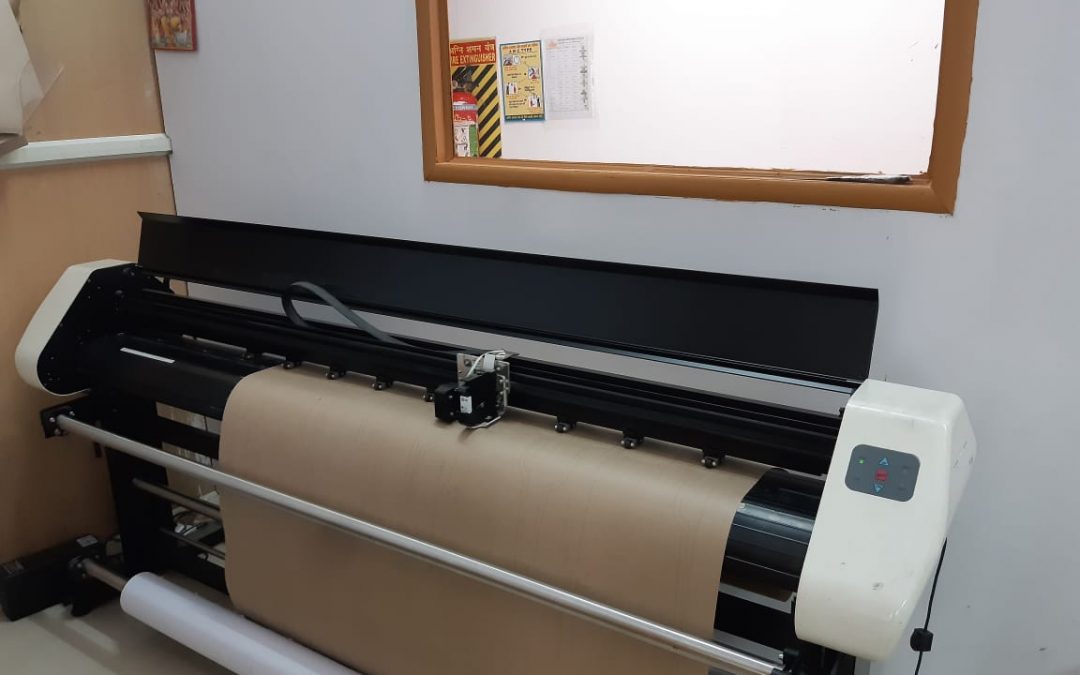Technology has transformed the clothing manufacturing industry, bringing a range of opportunities and challenges. From 3D printing to automated sewing, technological advancements have disrupted traditional methods of production and opened up new possibilities for manufacturers. In this blog post, we will explore the role of technology in clothing manufacturing, its benefits, and its challenges.
One of the significant benefits of technology in clothing manufacturing is increased efficiency. Automated sewing machines and computerized cutting machines can produce clothes much faster than manual labor, leading to reduced lead times, lower costs, and increased output. Additionally, automation reduces errors and waste, leading to higher quality products and less material wastage.
Another advantage of technology in clothing manufacturing is customization. 3D printing and digital printing technology have enabled manufacturers to create personalized clothing items for individual customers. Customers can choose their designs, fabrics, and colors, leading to a unique product that is tailored to their tastes.
However, the adoption of technology in clothing manufacturing also poses some challenges. One significant challenge is the need for skilled workers. With the rise of automation, workers with traditional sewing skills may be replaced by machines. Manufacturers must invest in training workers to use the new technologies to remain competitive in the market.
Another challenge is the cost of technology. High-tech machinery and software come at a significant cost, making it difficult for smaller manufacturers to afford. Therefore, manufacturers must weigh the benefits of technology against the investment required to determine whether it is a viable option for their business.
Finally, there is also a need for sustainable practices in clothing manufacturing. While technology can improve efficiency and reduce waste, it can also contribute to environmental degradation. The use of chemicals and synthetic fabrics can pollute the environment, and the disposal of used machinery and equipment can lead to electronic waste. Therefore, manufacturers must prioritize sustainable practices to reduce their environmental impact.
In conclusion, technology has revolutionized the clothing manufacturing industry, bringing many benefits and challenges. Increased efficiency, customization, and automation are just a few of the advantages of technology in clothing manufacturing. However, the adoption of technology also poses challenges such as the need for skilled workers and the cost of technology. Moreover, sustainable practices must be prioritized to reduce the environmental impact of the industry. By embracing technology while addressing its challenges, clothing manufacturers can remain competitive in the market and meet the evolving needs of consumers.



Recent Comments